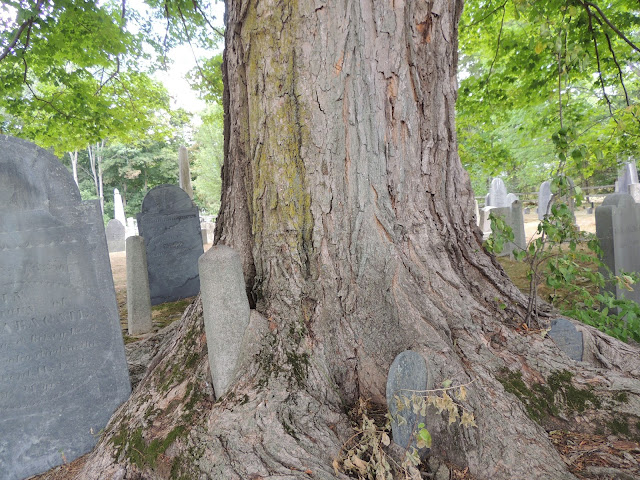This was a week of relaxation, travel and frustration. After getting new tires, we took the RV to Mansfield, MA. We are now south of Boston and chose this place because of its proximity to the train system and to the town where my great nephew lives with his family.
We settled in and wanted to watch some of the Olympic women's soccer and a few other events. That turned out to be a bit more trouble than we bargained for, but we managed to get through it. We watch TV through our WiFi and it was being a bit temperamental.
We found out that the train that leaves Mansfield is a commuter link and it would cost us $10 apiece each way to go to Boston. That's $40 a day. More research identified the Metro Subway System, which we could get to by car and then only spend $2.25 each way, with a "Charlie Card".
On Saturday the 13th, we drove to the JFK Presidential Library and purchased a membership. Our goal that day was to get Charlie Cards and try to understand the system.
We left the JFK Library and caught a shuttle to the station and proceeded to the Charlie Card Store.
It was CLOSED. New hours not yet updated on their website. POO! So we went home.
Sunday, we decided to take a ride out to the Cape to see our next RV site in Sandwich. We hopped on the highway and trekked out to the Cape, a beautiful ride. We checked out our next site and another down the road. Since we plan on staying here for 2 weeks, the second site was much nicer, so we want to stay there. We decided to keep the first site until Labor day and then move to the nicer one. Now it's time to go back, WOW, the traffic heading back to the mainland is horrendous. Thankfully, we were not in a hurry, so we moseyed back home.
Our first real subway experience was on Wednesday the 16th so we drove to the commuter lot in Mattapan and found that the Subway System doesn't really start there. We have to take this trolley to Ashmont where the Metro Subway actually begins. This trolley runs on rickety tracks and just circles back and forth from Mattapan to Ashmont, all day long and makes several stops along the way. This will be our adventure, each time we go to Boston. A typical ride to downtown Boston, (including the drive time) takes about 1.5 hours each way. Our Campground is a little over 30 miles from Boston.
We needed to go to the Charlie Card Store and buy our cards. I got a Senior discount card and now pay half fare. That was our first stop, That took a while. My Card will be mailed to my home address in 5-7 days. It is now in St. Louis waiting for me. I got a 30 day temporary card for now. Donna's card is easy, just add money to it and use it.
Then we depart the station and now the tourism begins.
This is what we saw when we exited the station.
Downtown Boston
The Freedom Trail Marker
The "Old State House" The subway station is below it. It was built in 1713 and was the seat of government during the British rule.
The lion and the unicorn are reminders that we were under British rule at that time.
The Boston Massacre of 1770 Marker when British soldiers fired into a crowd of people. Five people died. Need I say they were firing muskets, not modern day assault rifles.
Irish Famine Memorial Our guide didn't talk about it, so I took a bunch of photos, especially for my Irish friend, Cindy. It's across the street from the old south meeting house.
The Old South Meeting House. Built in 1723 as a Puritan house of worship. This is where Samuel Adams launched the Boston Tea Party.
More downtown Boston
Our Park Ranger and Tour Guide
Faneuil Hall Built in 1742, this market sits at the old town dock. Samuel Adams and the protesters of the time met here. The building was enlarged in 1806. The abolitionists and suffragists, Frederick Douglass, William Lloyd Garrison, and Lucy Stone brought their struggles here in the 1800s The meeting hall has been restored and other historical artifacts have been added there.
A cocktail shaker with a secret way to open it.

























































































































































